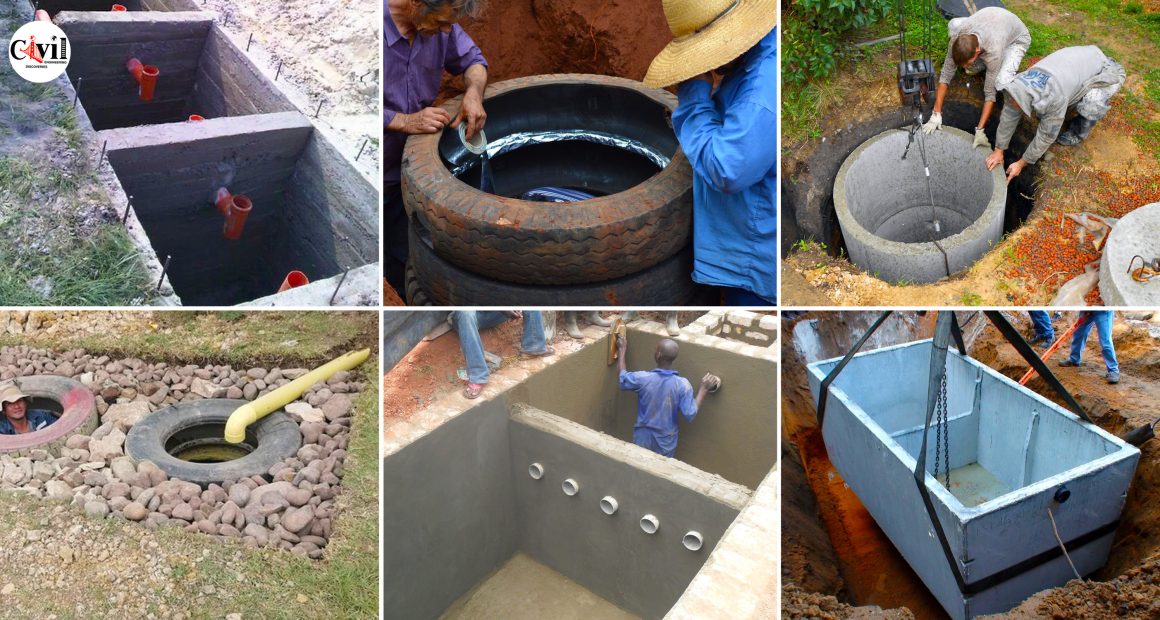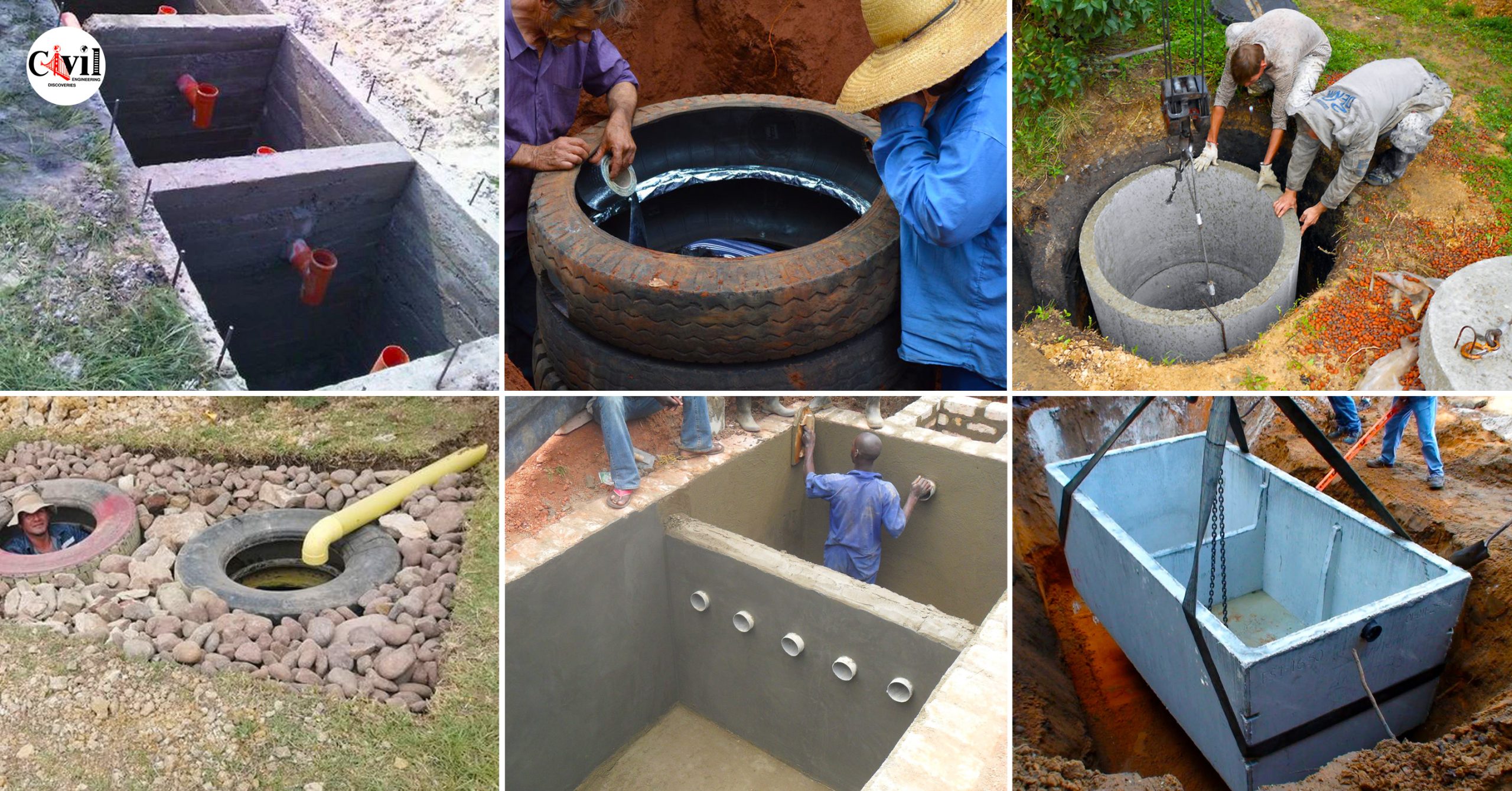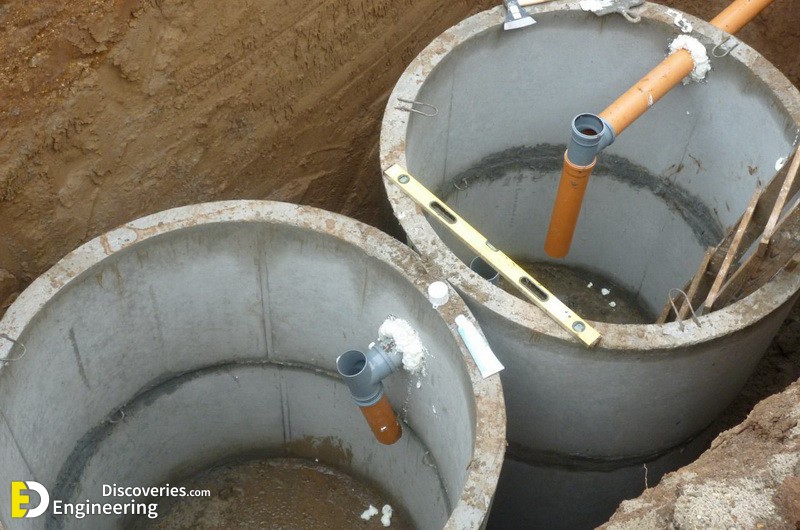Homeowners must install septic systems on their properties to process and dispose of their wastewater in locations without access to public sewage.
A septic tank is an underground solid-material chamber used for the flow and disposal of wastewater. It’s a system for disposing of home wastewater.
Septic tank systems come in a variety of designs, so picking the best one for your house involves learning about the numerous kinds of septic tanks, their materials, the benefits and drawbacks of each material, how to determine the correct size for the tank, and other related topics. You also need to plan and consider how your system will be transported, installed, cared for, and maintained.
Septic tanks can be constructed from a variety of materials, including fiberglass, steel, concrete, and pre-cast concrete. Although each material has advantages and disadvantages of its own, the most common options are plastic and concrete tanks. But aside from composition, tanks vary in design.
You are in charge of the upkeep and repair of your septic system as the homeowner. Your septic system can effectively treat residential wastewater over the long term if it is planned, built, and maintained.
Protect your Septic System
Your septic system has a limited life expectancy which can be drastically shortened by improper use and care. Management is the key to a lasting system. Remember these 4 steps:
1. Pump your Septic Tank
One of the most important things you can do for your system is to have the tank pumped every 3-5 years by a licensed pumper.
2. Use Water Efficiently
Using more water than the soil can absorb is the most common reason for system failure. Efficient water use can improve the operation of your septic system and reduce the risk of failure. Be sure to install low-flow fixtures, repair leaky faucets and run the dishwasher and clothes washer only when full.
3. Watch what goes down the drain
Your septic system is not a trash can. Never pour grease or oils down your drains; garbage disposals cause a rapid overload of the system; and dispose of non-biodegradable items in the trash.
4. Care for your drain field
Your drain field is an important part of your septic system. Never plant trees or gardens, or drive or park on top of the drain field. Direct water from downspouts and the sump pump away from the drain field.



































